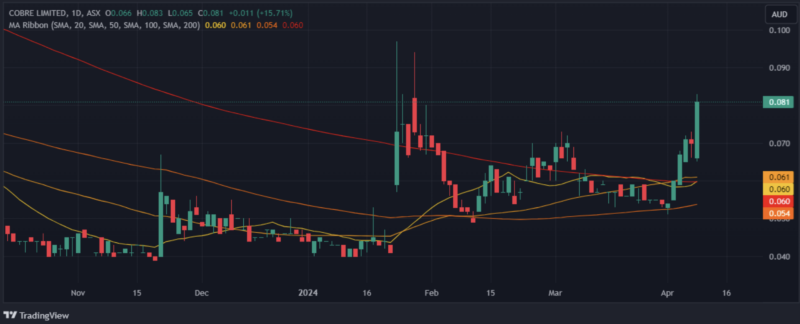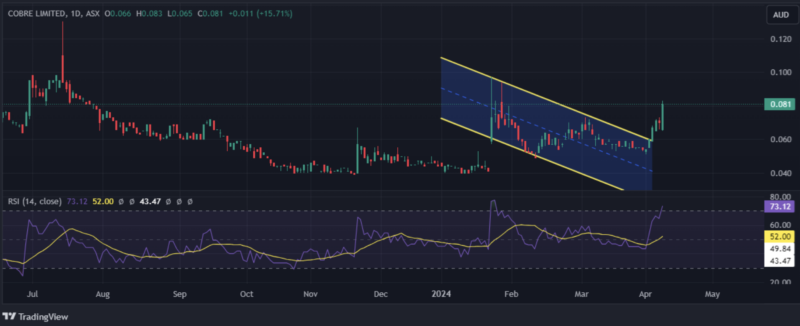As mining companies around the world grapple to reduce costs and improve site safety, environmental degradation is becoming an increasingly important consideration for mining companies. There is a transition in the mining industry towards more sustainable solutions, especially in terms of equipment and methods.
With the environment in the spotlight, mining firms are increasingly unsure about how to integrate ESG concerns into their operations even as the sector is traditionally viewed as dirty. This article looks at three reasons why mining companies should consider environmentally friendly methods and why in-situ methods used by companies such as Cobre Limited are beneficial for long-term development.
Importance of Environmentally-Friendly Methods
Environmentally-Friendly Outcomes: Essentially, for modern mining organisations to continue operating, it is necessary to listen to social, environmental, and economic sustainability guidance while viewing environmental practices as a central component of all planning and development. Equipment plays an important role in facilitating and supporting sustainable practices and support systems and site equipment are valuable in reducing the environmental implications of mining. For example, companies like Normet focus on offering a variety of battery-driven technologies that don't produce diesel fumes. Using solar or battery-powered equipment can reduce fumes and lower environmental degradation. In the spraying of concrete, for example, the rebound could be 30-40%, and minimising this during and after the exploration process can positively impact the environment.
Cost Minimising Approach: In addition to lowering environmental impact, mining firms can equally gain financially by improving sustainability. While green policies can seem costly, they equally help give the company a competitive edge. They equally include the ability to recycle waste that ultimately improves the bottom line. The mining industry is already taking sustainability seriously and they realise that if they do not act on it, they are not going to survive. For example, Cobre Ltd (ASX: CBE) is using in-situ drilling methods that are environmentally friendly and require minimal surface disturbance. Furthermore, the solution used can also be recycled, thereby reducing the environmental impact of their activity on the environment.
Benefits of Cobre In-Situ Methods over the Long Run
- High ROI: In-situ methods are associated with efficiency as they require minimal drilling and little surface disturbance, reducing the need for heavy machinery and/or infrastructure. The technique equally involves injecting solutions upon drilling into the ground, in a closed loop that allows the recycling of the solution, lowering extraction costs. The low capital and operation costs associated with in-situ recovery generate high returns on investment (ROI). The low operating cost equally allows for the extraction of lower-grade ores that are not economically viable with traditional mining methods.
- Scalability: In-situ recovery methods can be used to extract minerals from small to large ore bodies. The process is adaptable, enabling modifications to be made in a healthy field that can be designed to fit specific conditions. In-situ methods are equally scalable and companies may adjust their production to meet market demand.
- Environmental Factors: In-situ recovery is an environmentally friendly extraction method. The process requires minimal surface disturbance, reducing the impact on the environment. The solution used in the process is also recycled, reducing the environmental impact. Traditional mining methods, on the other hand, require extensive excavation, resulting in significant surface disturbance. The process also generates considerable waste, which can hurt the environment. Discharging contaminated water into the environment can also have severe consequences, including pollution of groundwater sources and harm to aquatic life. Cobre Ltd. (ASX: CBE) has begun diamond drilling at its wholly-owned Okavango Copper Project (OCP) and Kalahari Copper Belt (KCB).
- Competing Land Use: In-situ recovery methods can co-exist with other land uses as they require minimal surface and disturbance, allowing land to be reused for agriculture. Low surface disturbance means that in-situ methods can be used in areas where traditional mining methods are infeasible. The high surface disturbance resulting from traditional mining methods hurts the environment, which inadvertently results in the displacement of wildlife.
- Safety: In-situ recovery is a much safer method compared to traditional mining and it equally reduces the risk of accidents that are associated with heavy machinery. It is equally automated, thereby reducing the risk of human error.
Although environmentally friendly cannot be linked to short-term price dynamics, they can impact long-term performance by improving return on investment, thereby supporting long-term shareholder value. Environmentally friendly methods are not only cost-effective but illustrate that Cobre Ltd (ASX: CBE) is an industry leader who is setting the stage for better practices across the mining industry.
Cobre Poised to hit new highs
Cobre Limited (ASX: CBE) has finally convincingly broken out of its falling trendline resistance and moved above the upper Bollinger Band with a strong green candle. It appears poised to potentially deliver at least a 1000% return, similar to what it achieved in 2022.
Cobre Limited (ASX: CBE) is trading above all its moving averages, namely the 20, 50, 100, and 200-day averages. It is now ripe for at least a 500% return in the short term. The strong trend in copper also supports this potential move.

Cobre Limited (ASX: CBE) has convincingly broken out of its parallel channel, and the RSI is projecting a very strong trend moving forward. The copper price will likely contribute significantly to its upward movement.

Cobre Limited (ASX: CBE) is poised to reward its investors, similar to its 1000% return in 2022. On the weekly chart, it is trading above the upper Bollinger Bands, outside its falling parallel channel, and the weekly RSI is above 60. Additionally, the strong trend in copper is supportive of its potential upward movement.
In-situ recovery methods are cost-effective, scalable, and environmentally friendly. In addition to being considered safer, it offers a high return on investment and supports the extraction of lower-grade ores that may not be economically viable with other methods. s demand for raw materials persists, in-situ recovery will offer a sustainable approach that meets the needs of the present without compromising those of future generations.



